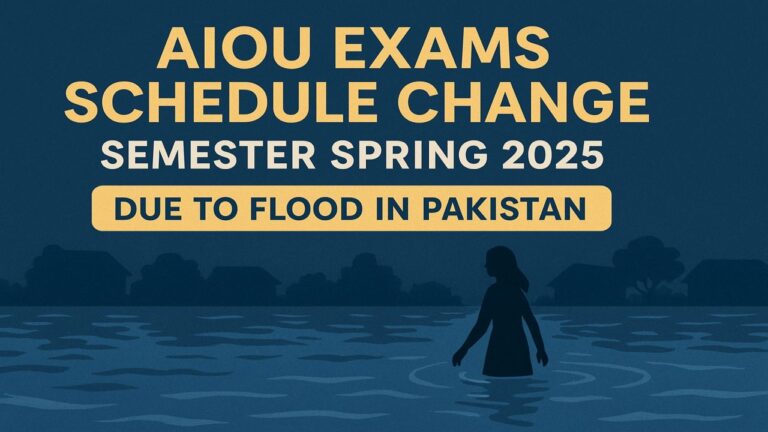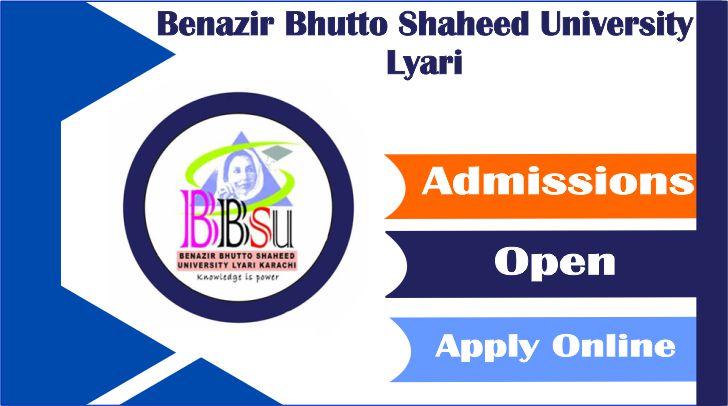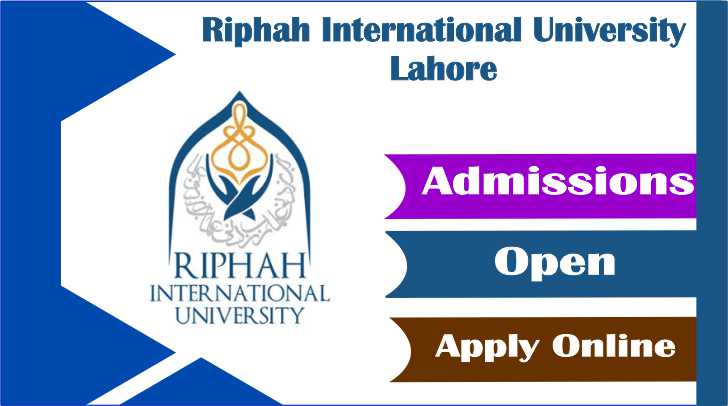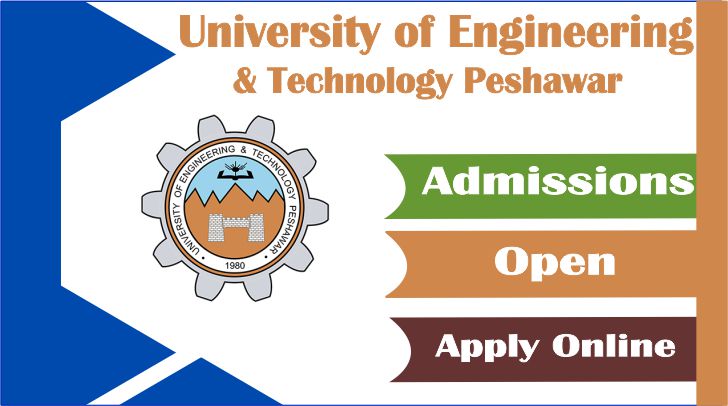CSS Pakistan Affairs Past Paper February 2025
The CSS Pakistan Affairs Past Paper February 2025, was a rigorous test of candidates’ understanding of Pakistan’s history, politics, economy, and international relations. This blog post provides detailed solutions to the questions from Part-II of the paper, offering insights and analysis to help future aspirants prepare effectively.
CSS Pakistan Affairs Past Paper 2025 – MCQs & Questions
| CSS Pak Affairs Paper 2025 | View Solution |
|---|---|
| MCQs Test Online | Take Test |
| Current Affair MCQs | Take Test |
| English MCQs | Take Test |
| MCQs Paper 2025 | View Paper |
| Question Paper 2025 | View Paper |
| CSS Current Affairs Paper 2025 | View Paper |
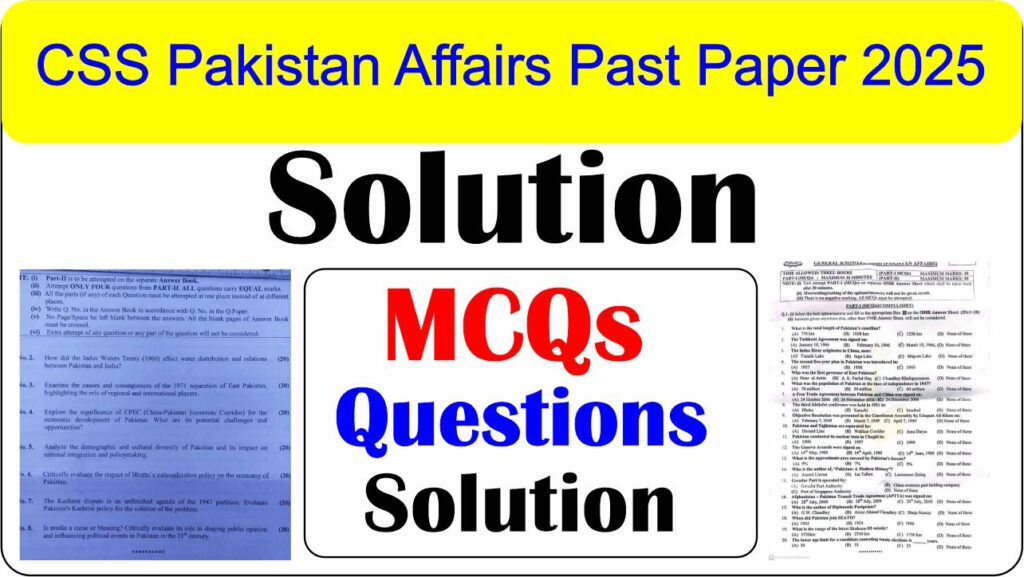
Question 2: How did the Indus Waters Treaty (1960) affect water distribution and relations between Pakistan and India?
Solution:
The Indus Waters Treaty (1960) was a landmark agreement brokered by the World Bank to resolve water-sharing disputes between Pakistan and India. The treaty allocated the three eastern rivers (Ravi, Beas, and Sutlej) to India and the three western rivers (Indus, Jhelum, and Chenab) to Pakistan.
- Impact on Water Distribution:
The treaty ensured that Pakistan received the majority of the water from the Indus River system, which is crucial for its agriculture-based economy. However, India retained the right to use the western rivers for non-consumptive purposes like hydroelectric power, which has occasionally led to disputes. - Impact on Relations:
While the treaty has largely been successful in preventing water wars, tensions have arisen over India’s construction of dams on the western rivers, which Pakistan views as a violation of the treaty. The treaty has also been a point of contention during periods of strained bilateral relations, such as after the Pulwama attack in 2019. - Conclusion:
The Indus Waters Treaty remains a cornerstone of Pakistan-India relations, but its effectiveness depends on mutual trust and adherence to its provisions.
Question 3: Examine the causes and consequences of the 1971 separation of East Pakistan, highlighting the role of regional and international players.
Solution:
The 1971 separation of East Pakistan (now Bangladesh) was a tragic event in Pakistan’s history, driven by political, economic, and social factors.
- Causes:
- Political Marginalization: East Pakistan felt neglected by the central government in West Pakistan, which dominated political power and economic resources.
- Economic Disparities: East Pakistan contributed significantly to Pakistan’s economy through jute exports but received little investment in return.
- Cultural Differences: The imposition of Urdu as the national language alienated the Bengali-speaking population.
- Role of Regional and International Players: India supported the Bengali independence movement, providing training and arms to the Mukti Bahini. The United States and China backed Pakistan, while the Soviet Union supported India.
- Consequences:
- Creation of Bangladesh: East Pakistan became an independent nation in December 1971.
- Military Defeat: Pakistan’s surrender in Dhaka marked a humiliating defeat.
- Political Reforms: The separation led to calls for greater provincial autonomy in Pakistan.
- Conclusion:
The 1971 separation was a result of deep-seated grievances and external interference, leaving a lasting impact on Pakistan’s political landscape.
Question 4: Explore the significance of CPEC (China-Pakistan Economic Corridor) for the economic development of Pakistan. What are its potential challenges and opportunities?
Solution:
The China-Pakistan Economic Corridor (CPEC) is a flagship project of China’s Belt and Road Initiative, aimed at enhancing connectivity and economic cooperation between the two countries.
- Significance:
- Infrastructure Development: CPEC has led to the construction of roads, railways, and ports, improving Pakistan’s transportation network.
- Energy Projects: The corridor has addressed Pakistan’s energy crisis through the development of coal, hydro, and solar power plants.
- Economic Growth: CPEC has the potential to boost Pakistan’s GDP by creating jobs and attracting foreign investment.
- Challenges:
- Debt Burden: Pakistan’s increasing debt to China has raised concerns about economic dependency.
- Security Risks: The project faces threats from militant groups in Balochistan and Khyber Pakhtunkhwa.
- Environmental Concerns: Large-scale infrastructure projects could harm Pakistan’s fragile ecosystems.
- Opportunities:
- Regional Connectivity: CPEC can transform Pakistan into a regional trade hub.
- Industrial Zones: Special Economic Zones (SEZs) under CPEC can stimulate industrialization.
- Conclusion:
While CPEC offers immense economic potential, Pakistan must address its challenges to fully reap its benefits.
Question 5: Analyze the demographic and cultural diversity of Pakistan and its impact on national integration and policymaking.
Solution:
Pakistan is a diverse country with multiple ethnic groups, languages, and cultures.
- Demographic Diversity:
Pakistan’s population includes Punjabis, Sindhis, Pashtuns, Baloch, and smaller ethnic groups like Mohajirs and Saraikis. - Cultural Diversity:
Each ethnic group has its own language, traditions, and cultural practices, contributing to Pakistan’s rich heritage. - Impact on National Integration:
- Unity in Diversity: Cultural diversity can be a source of strength, fostering tolerance and coexistence.
- Challenges: Ethnic tensions and regional disparities have sometimes led to conflicts, such as the Baloch insurgency.
- Impact on Policymaking:
- Inclusive Policies: Policymakers must consider the needs of all ethnic groups to ensure equitable development.
- Decentralization: Greater provincial autonomy can address regional grievances.
- Conclusion:
Pakistan’s diversity is both a challenge and an opportunity, requiring inclusive and balanced policymaking.
Question 6: Critically evaluate the impact of Bhutto’s nationalization policy on the economy of Pakistan.
Solution:
Zulfikar Ali Bhutto’s nationalization policy in the 1970s aimed to reduce economic inequality and promote social justice.
- Positive Impacts:
- Redistribution of Wealth: Nationalization sought to reduce the concentration of wealth in the hands of a few industrialists.
- Social Welfare: The policy aimed to provide better services to the public through state-controlled industries.
- Negative Impacts:
- Economic Slowdown: Nationalization led to inefficiencies, corruption, and a decline in industrial output.
- Capital Flight: Many investors withdrew their capital, leading to a loss of confidence in the economy.
- Conclusion:
While Bhutto’s nationalization policy had noble intentions, its implementation had mixed results, ultimately harming Pakistan’s economy.
Question 7: The Kashmir dispute is an unfinished agenda of the 1947 partition. Evaluate Pakistan’s Kashmir policy for the solution of the problem.
Solution:
The Kashmir dispute remains a central issue in Pakistan-India relations.
- Pakistan’s Kashmir Policy:
- Diplomatic Efforts: Pakistan has consistently raised the Kashmir issue at international forums like the United Nations.
- Support for Self-Determination: Pakistan advocates for the right of Kashmiris to decide their future through a plebiscite.
- Challenges:
- India’s Stance: India considers Kashmir an integral part of its territory and has resisted third-party mediation.
- Human Rights Violations: Pakistan highlights human rights abuses in Indian-administered Kashmir to garner international support.
- Conclusion:
Pakistan’s Kashmir policy emphasizes diplomacy and self-determination, but a lasting solution requires dialogue and compromise.
Question 8: Is media a curse or blessing? Critically evaluate its role in shaping public opinion and influencing political events in Pakistan in the 21st century.
Solution:
The media plays a dual role in Pakistan, acting as both a blessing and a curse.
- Blessing:
- Awareness and Education: Media informs the public about important issues, fostering an informed citizenry.
- Accountability: Investigative journalism holds politicians and institutions accountable.
- Curse:
- Sensationalism: Some media outlets prioritize ratings over accuracy, spreading misinformation.
- Polarization: Biased reporting can deepen societal divisions.
- Conclusion:
While media has the potential to empower and educate, it must adhere to ethical standards to avoid negative consequences.
Final Thoughts
The CSS Pakistan Affairs Paper 2025 tested candidates’ knowledge of critical issues affecting Pakistan’s past, present, and future. By understanding these questions and their solutions, aspirants can better prepare for future exams and contribute meaningfully to Pakistan’s development.
Good luck to all CSS aspirants! 🌟









